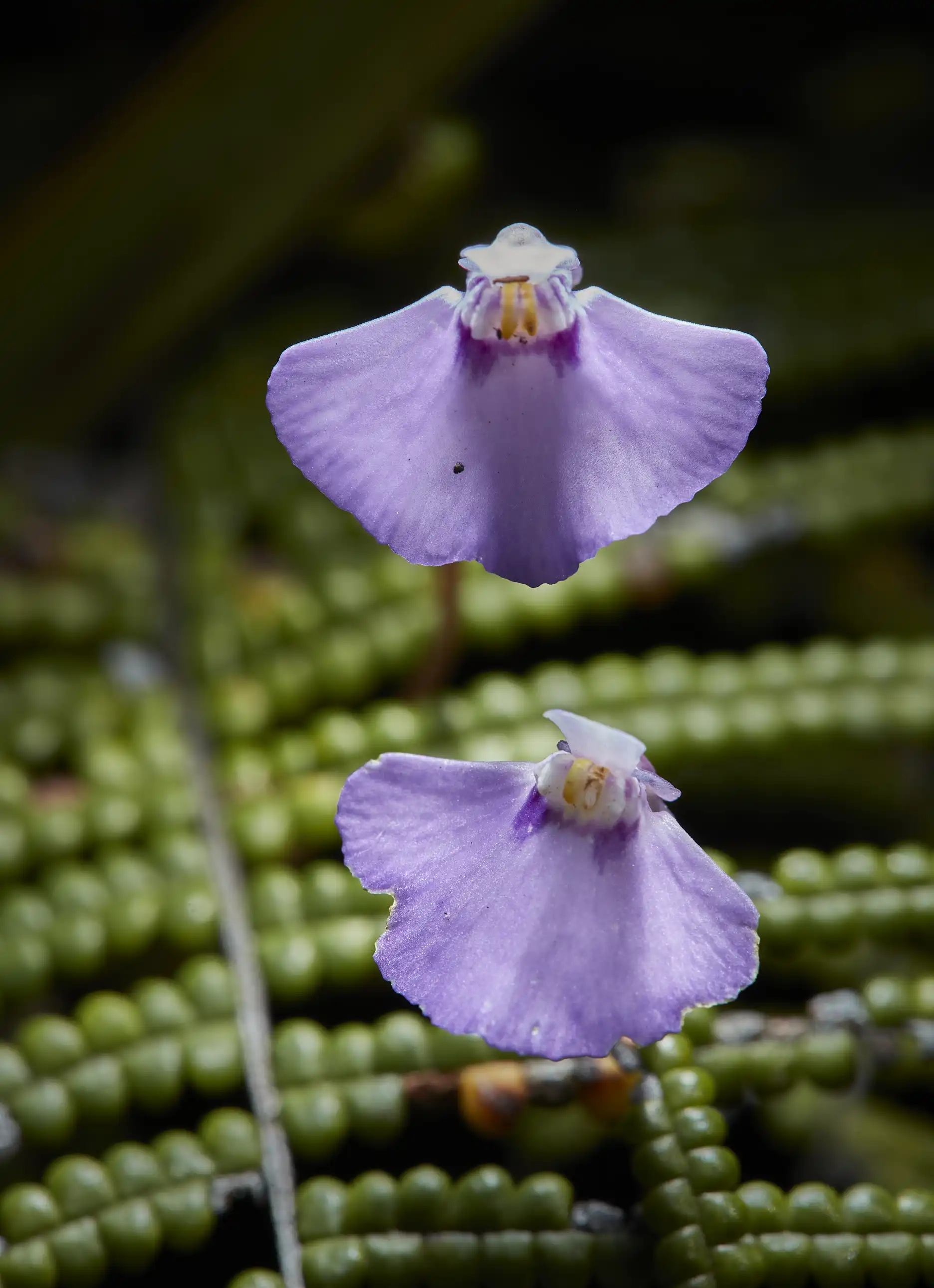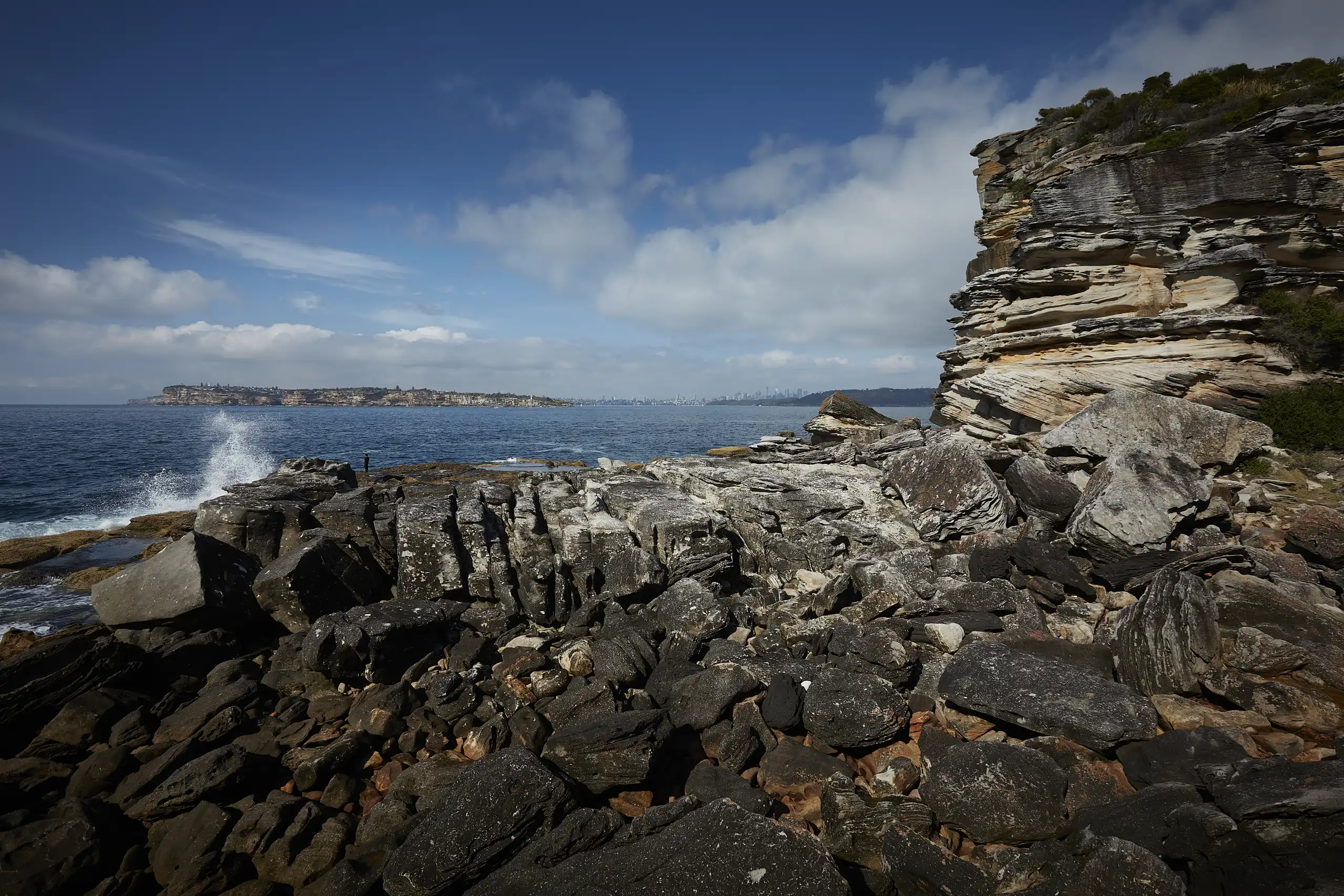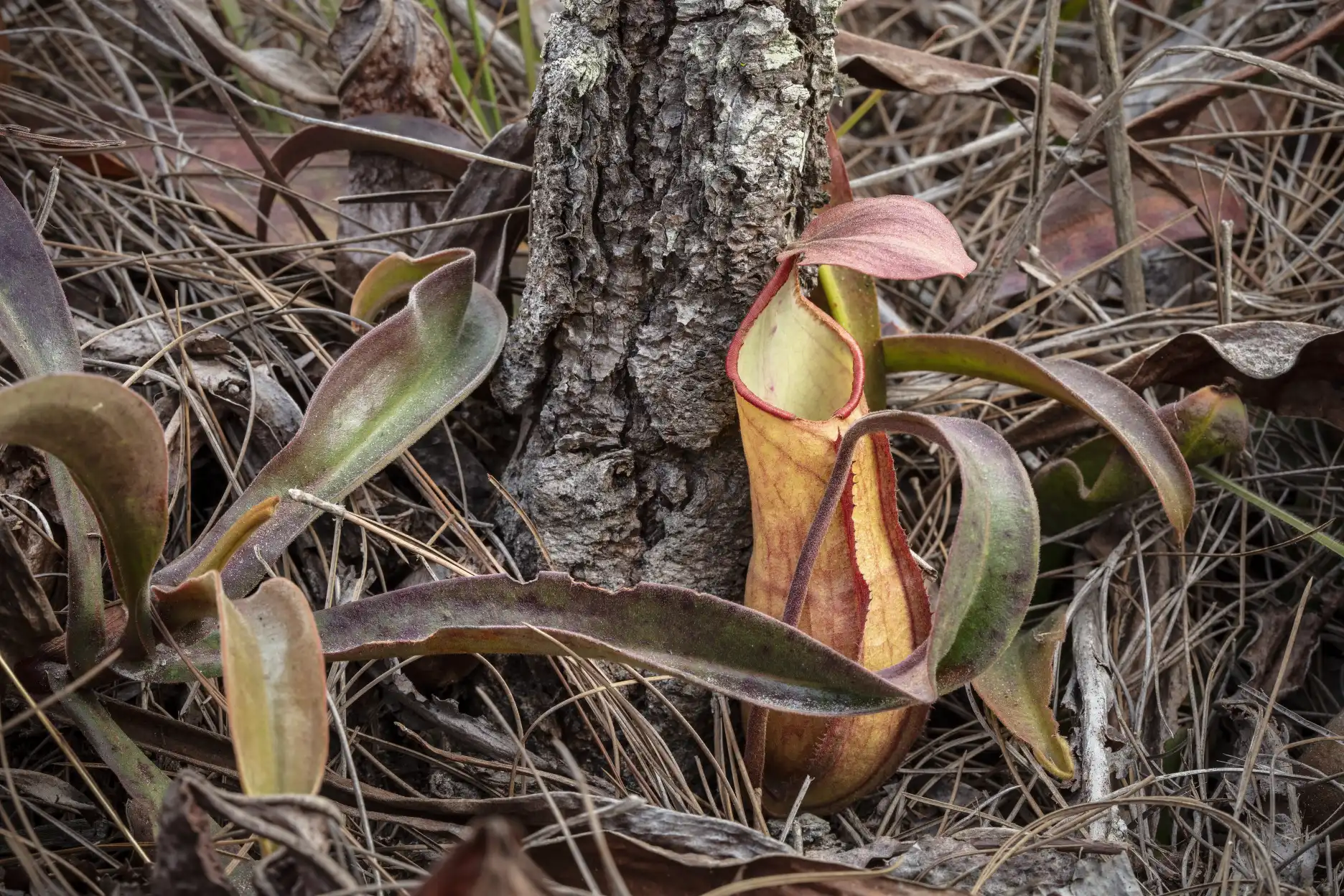North Head, Sydney Drosera and Utricularia
Upon arrival at Sydney’s North Head peninsula, many visitors may first venture out to explore the surprisingly walkable streets that line Manly’s quaint commercial district. They may hike out to view parts of the rugged coastline that offer scenic glimpses of city views.
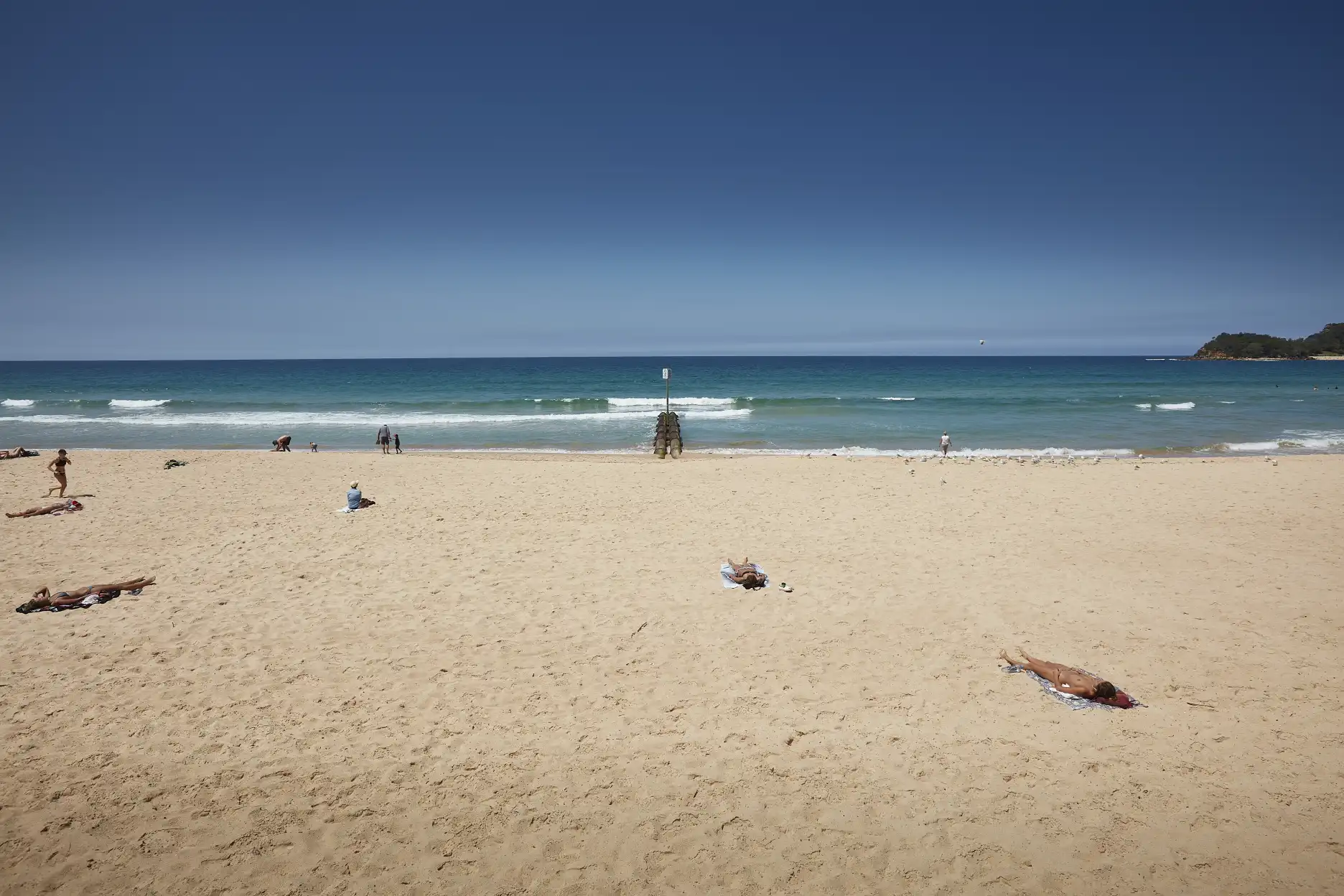
…or they might elect to marinate in their own fluids then burn to a crisp on Manly Beach.
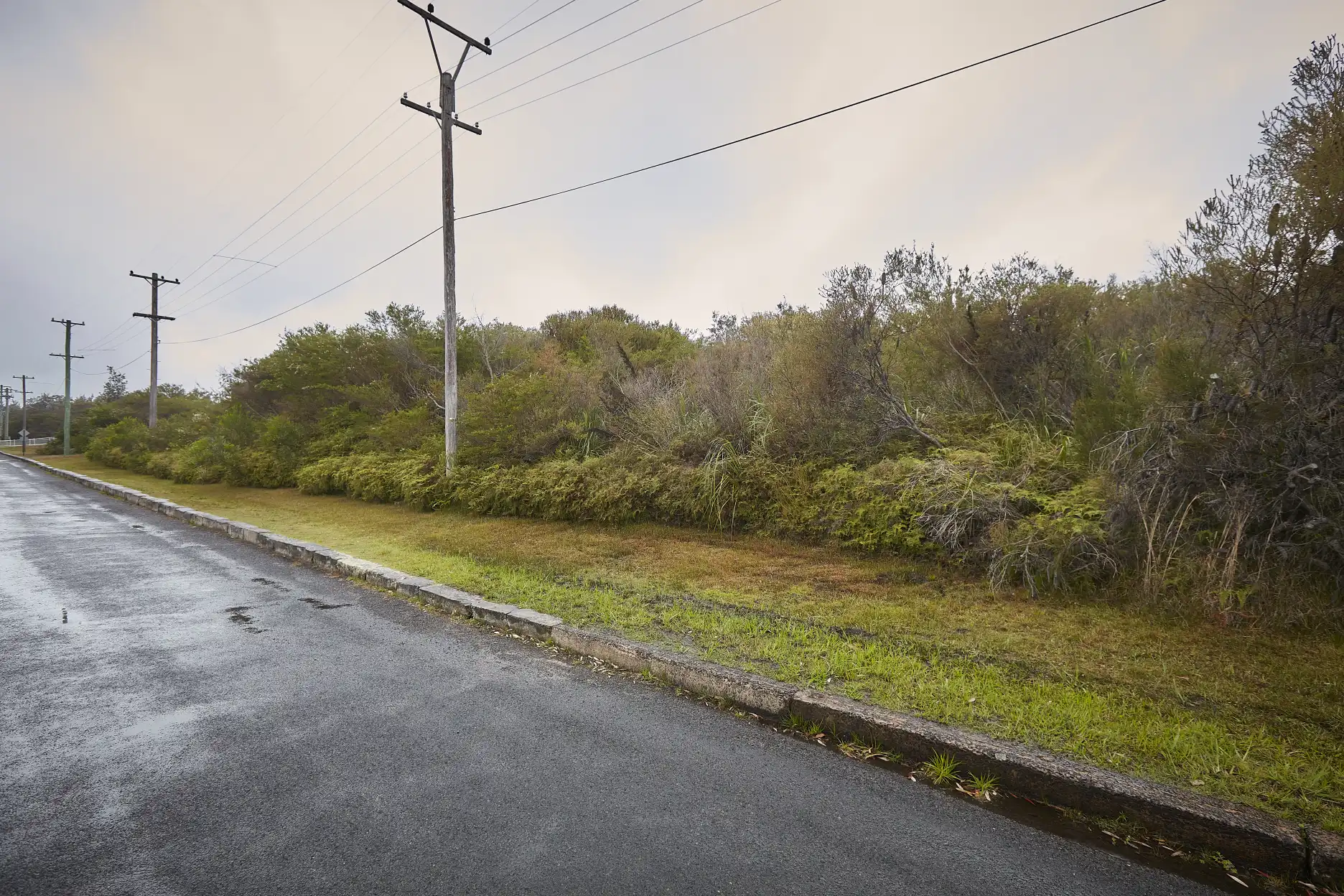
I, however, went straight out to visit an unceremoniously mowed roadside power line cut near the North Head Quarantine Station.

This is, of course, because I have delicate, refined taste in tourist attractions. I was also looking for Drosera. Drosera pygmea, to be precise.
The Quarantine Station, by the way, is now a luxury hotel complex but used to be a literal quarantine site for inbound peoples. The thing was started in response to the 1829–51 cholera pandemic. The smattering of socially-distanced “Officer’s Cottages,” “Heritage Suites” and “Q Rooms” look lovely in their current incarnation; they are also clearly priced out of my tax bracket.
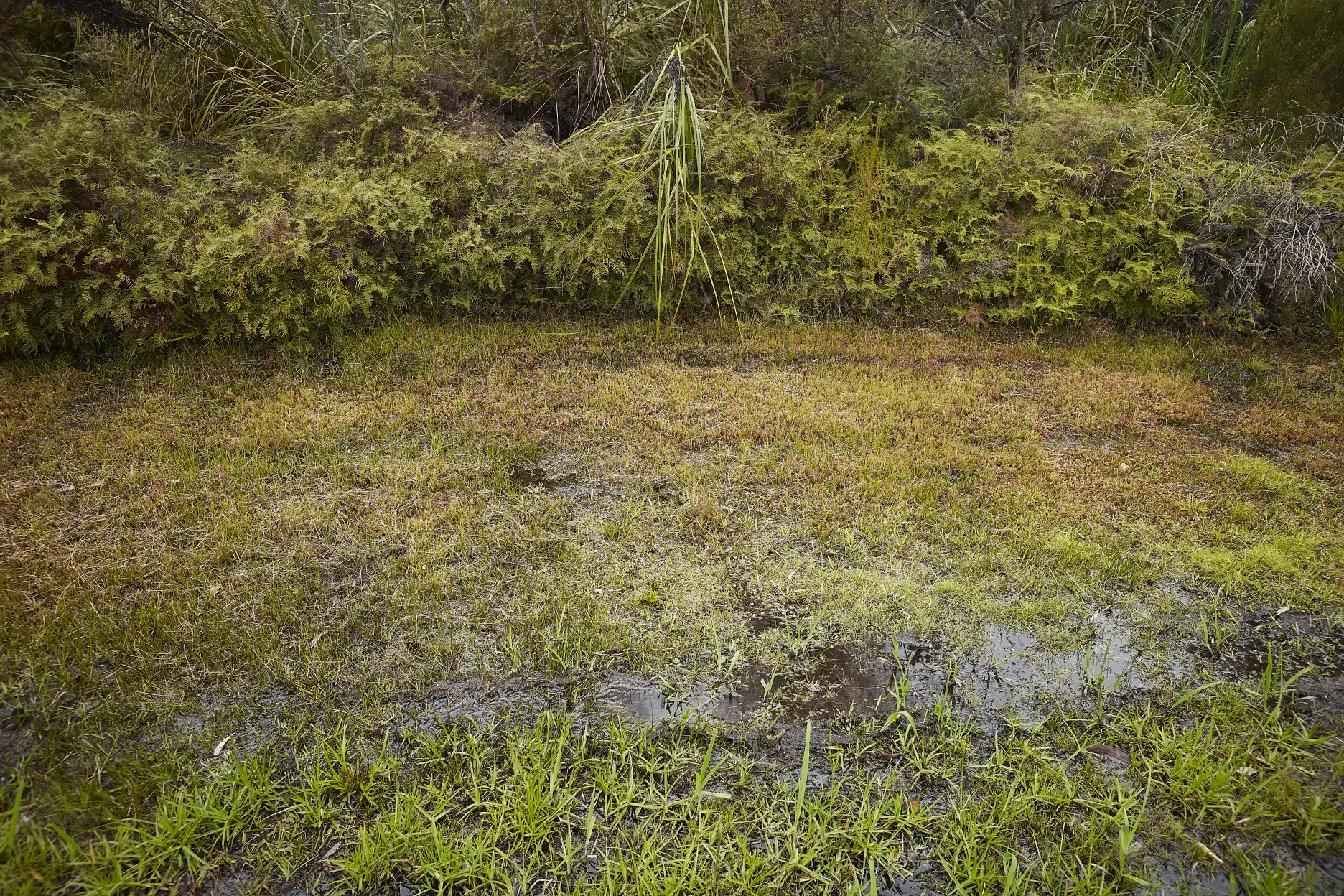
Back to the plants. There were also Drosera binata var. dichotoma in the same power cut but this is the closest image I made of them. The intention was to return to the spot to address the D. binata on a more individual level; that didn’t happen.
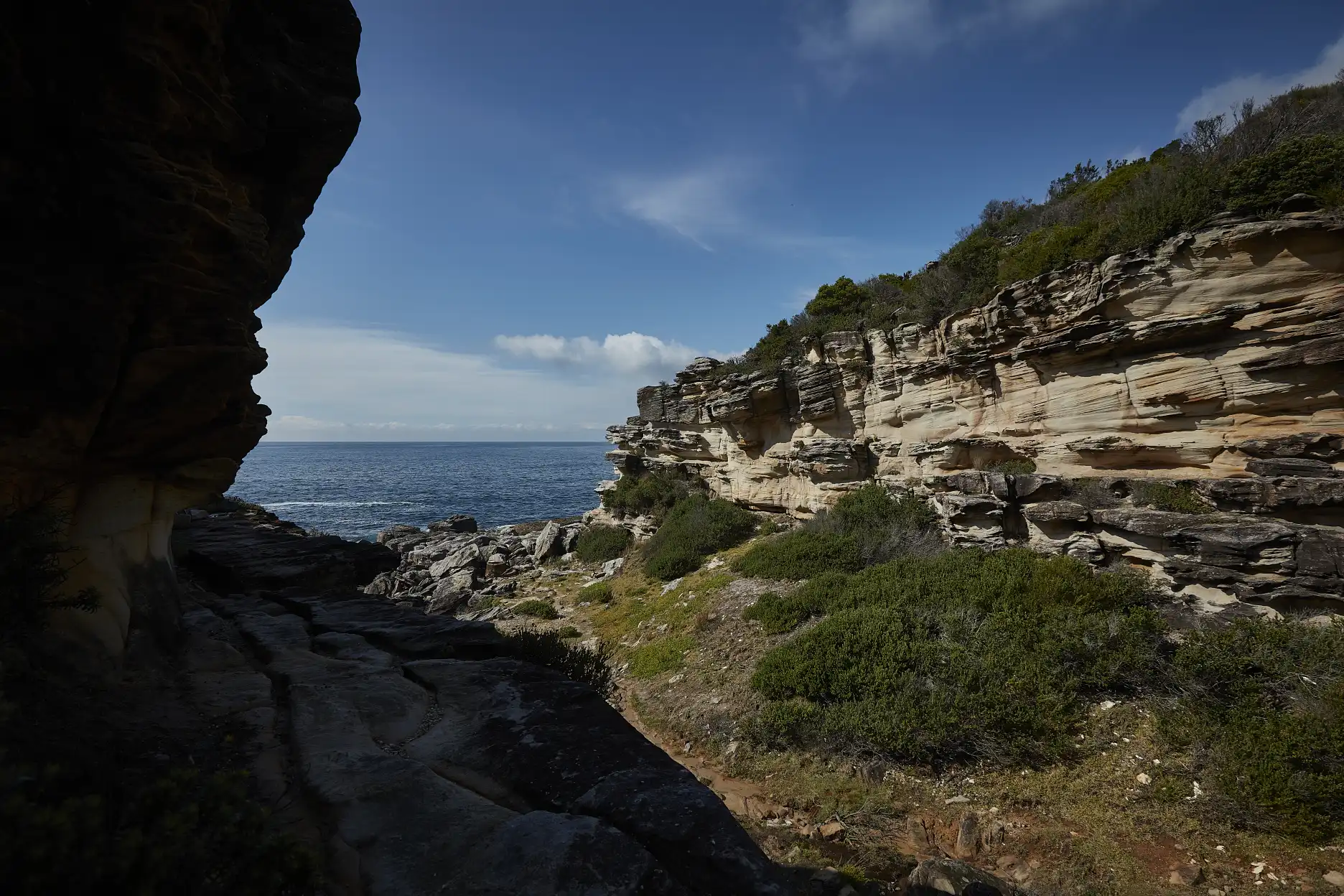
After a rather tumultuous night in an exceptionally awful, blindingly expensive hostel in Manly (there were no “Officer’s Cottages”), the Quarantine Head and Fairfax Track areas were next on the agenda.
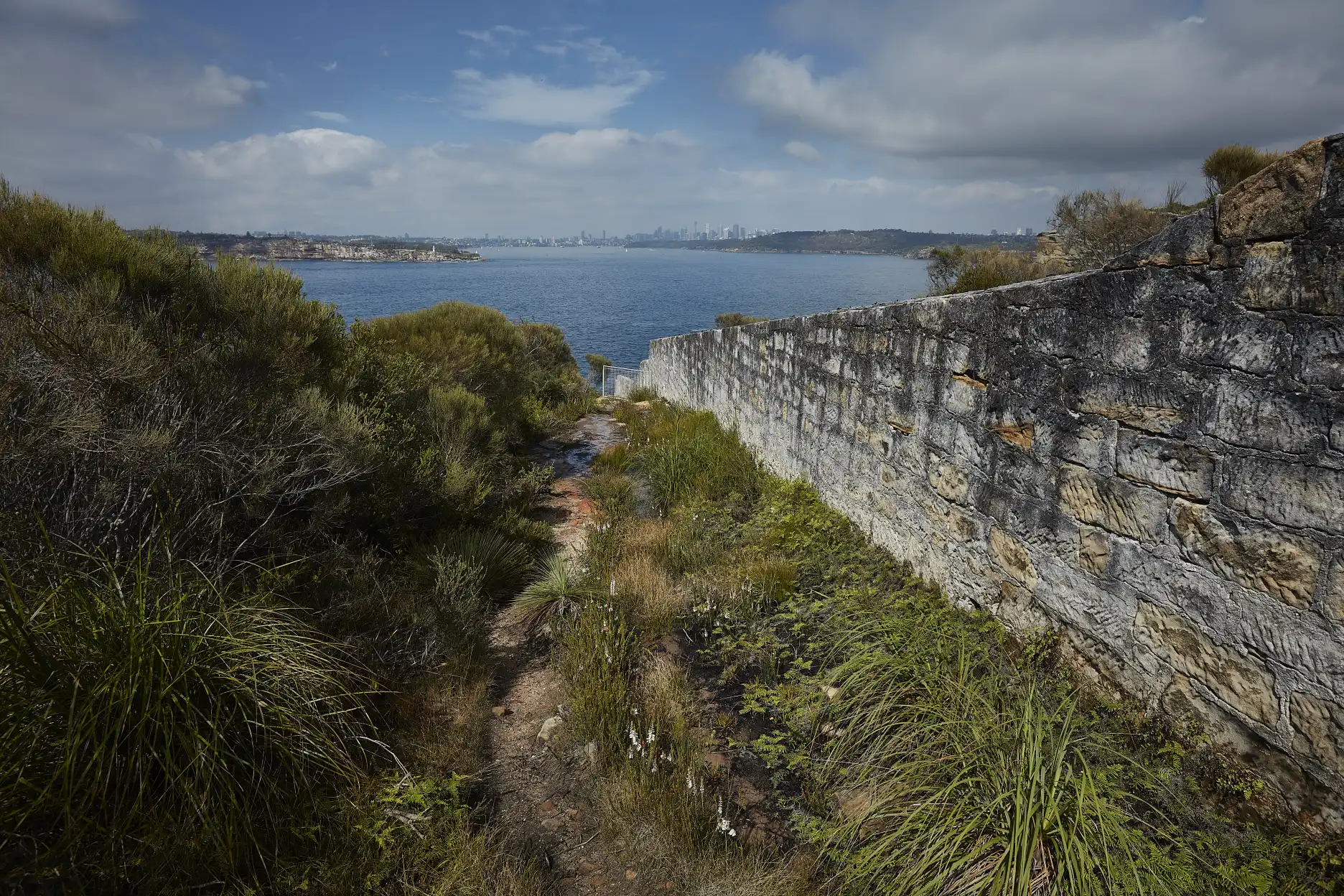
Along Hole in Wall Track and surrounding areas, there are many lovely seeps that host more Drosera pygmea as well as Utricularia.
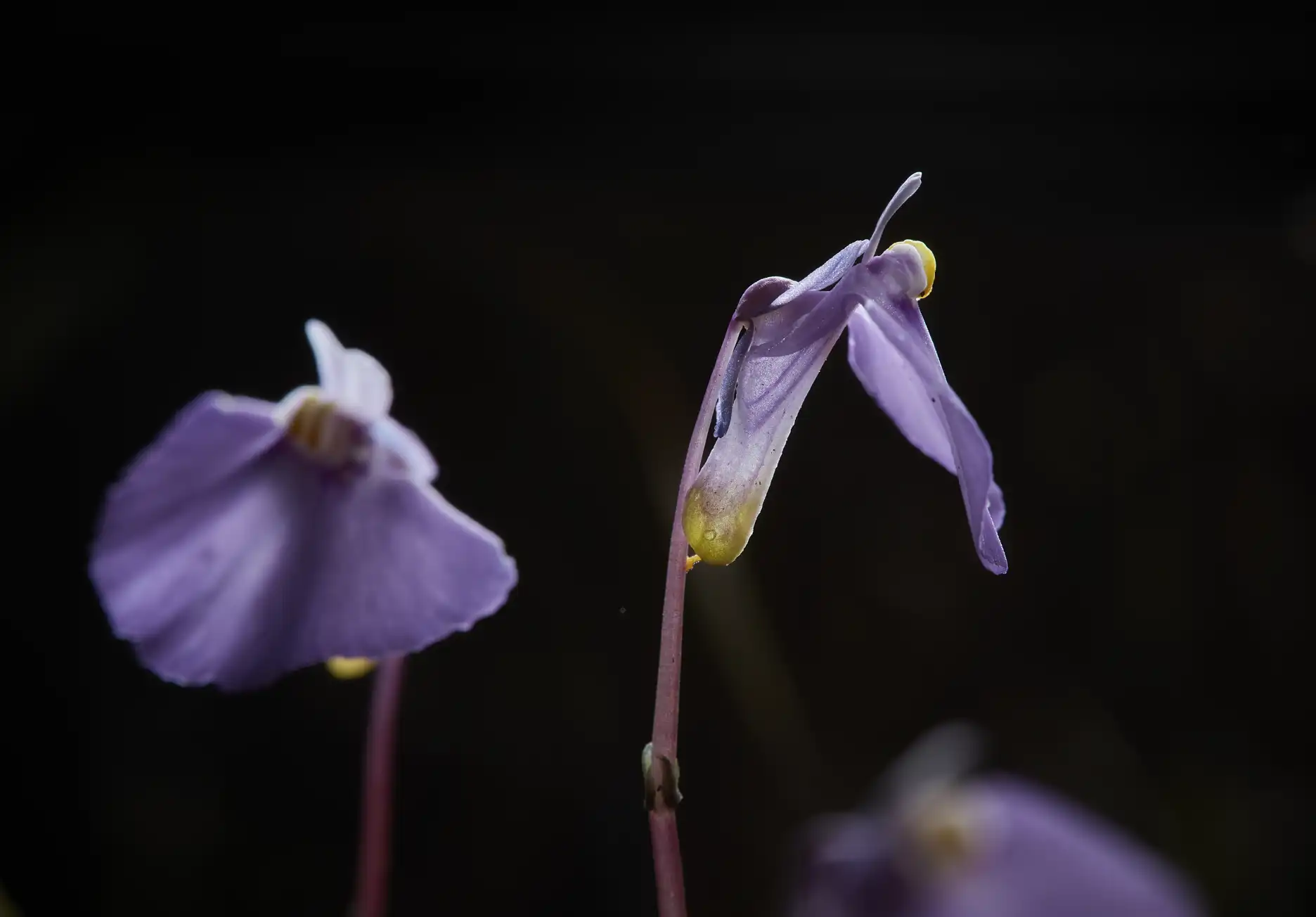
Utricularia uniflora was particularly exciting to see scattered in peaty areas among sedges.
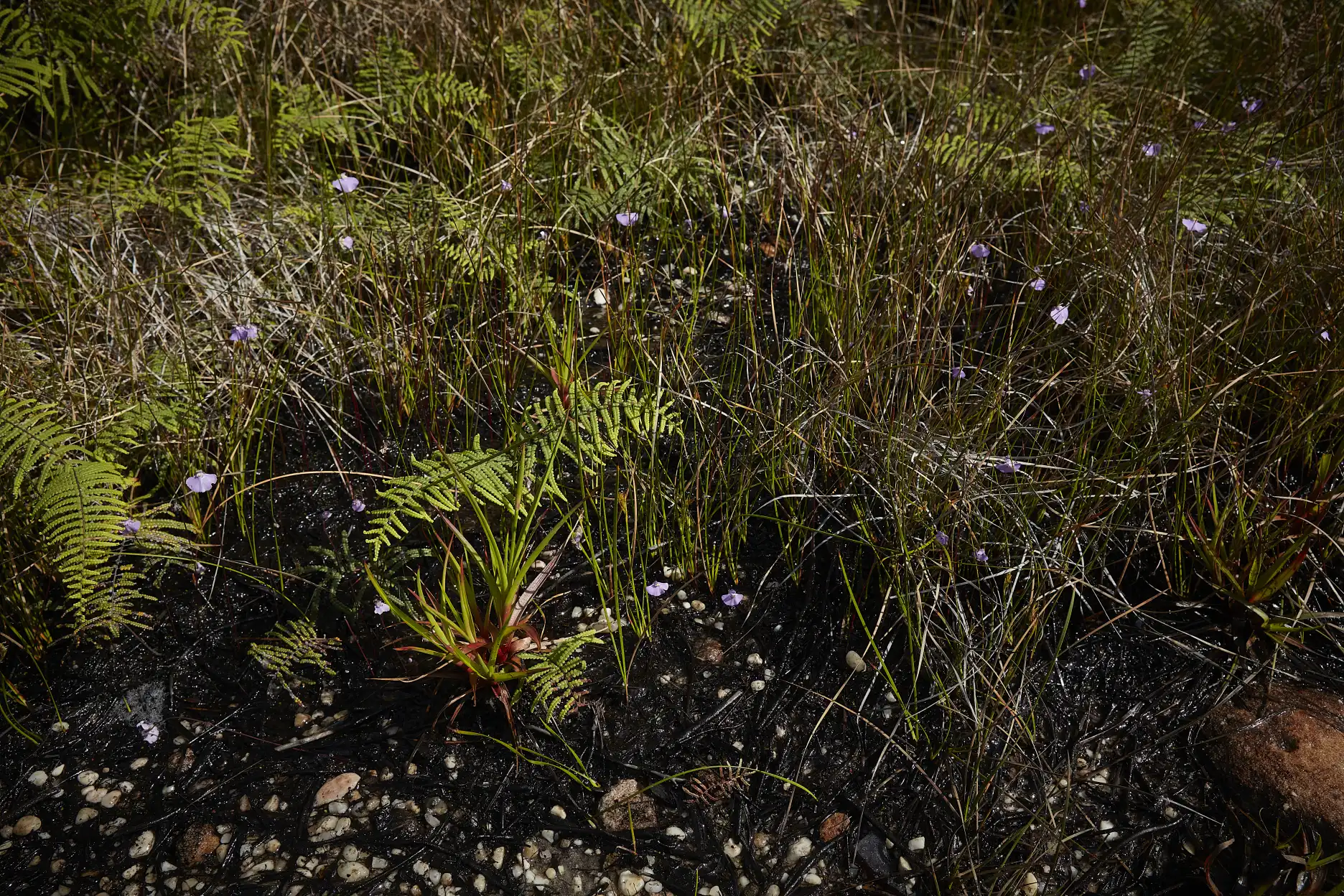
Here is a slightly wider view of the habitat.
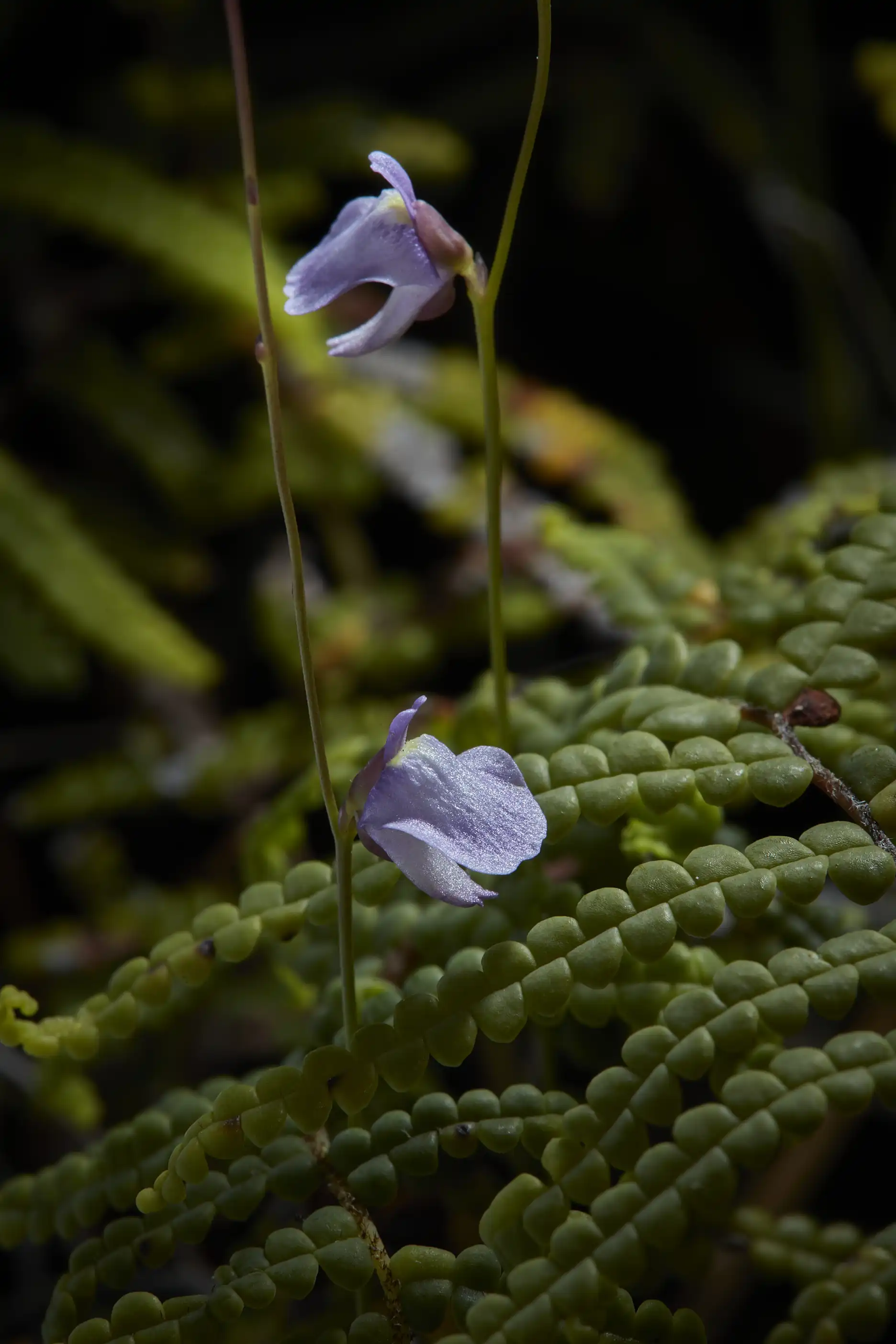
Utricularia lateriflora also occupied some of the same areas.
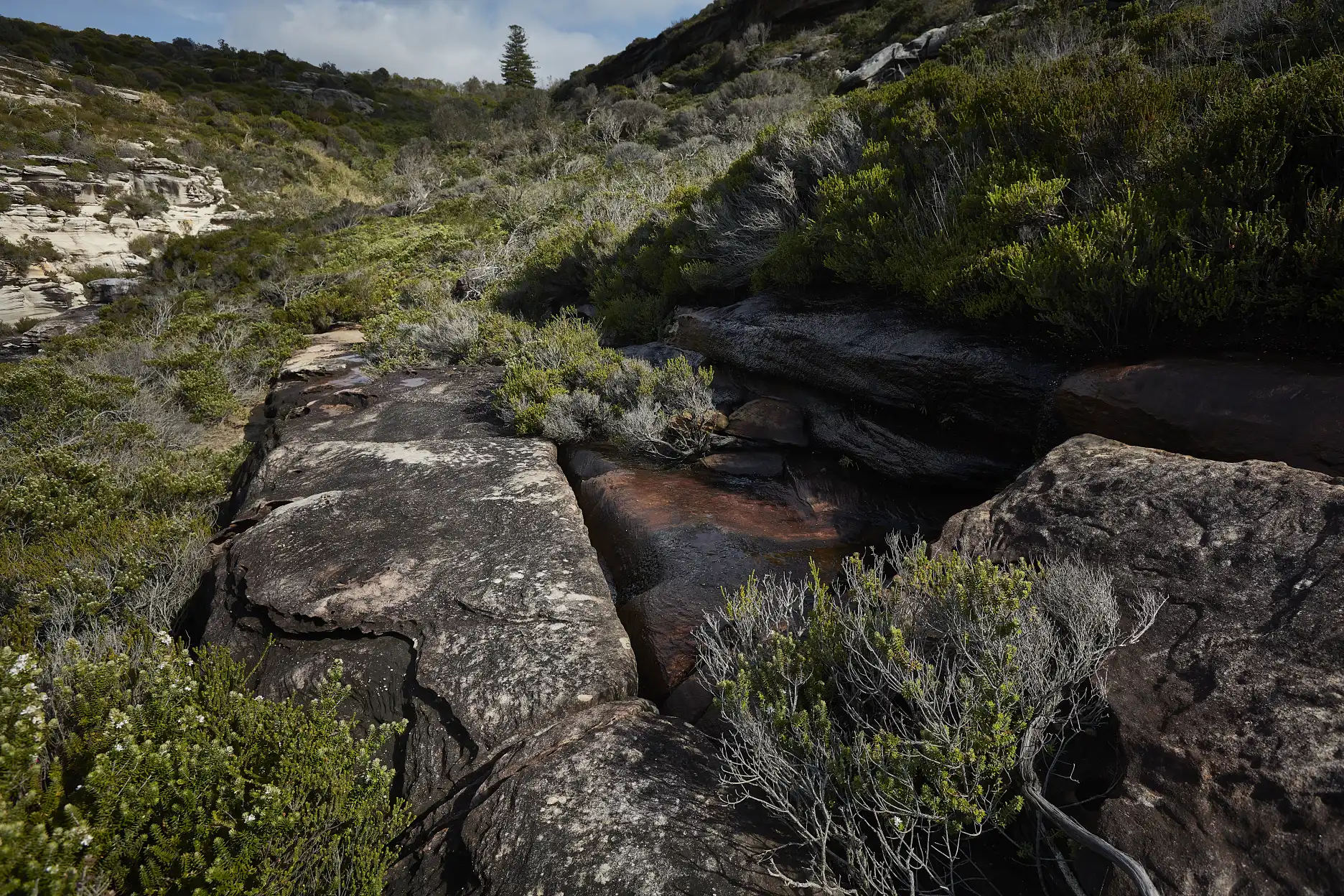
Here is another of the coastal seeps.
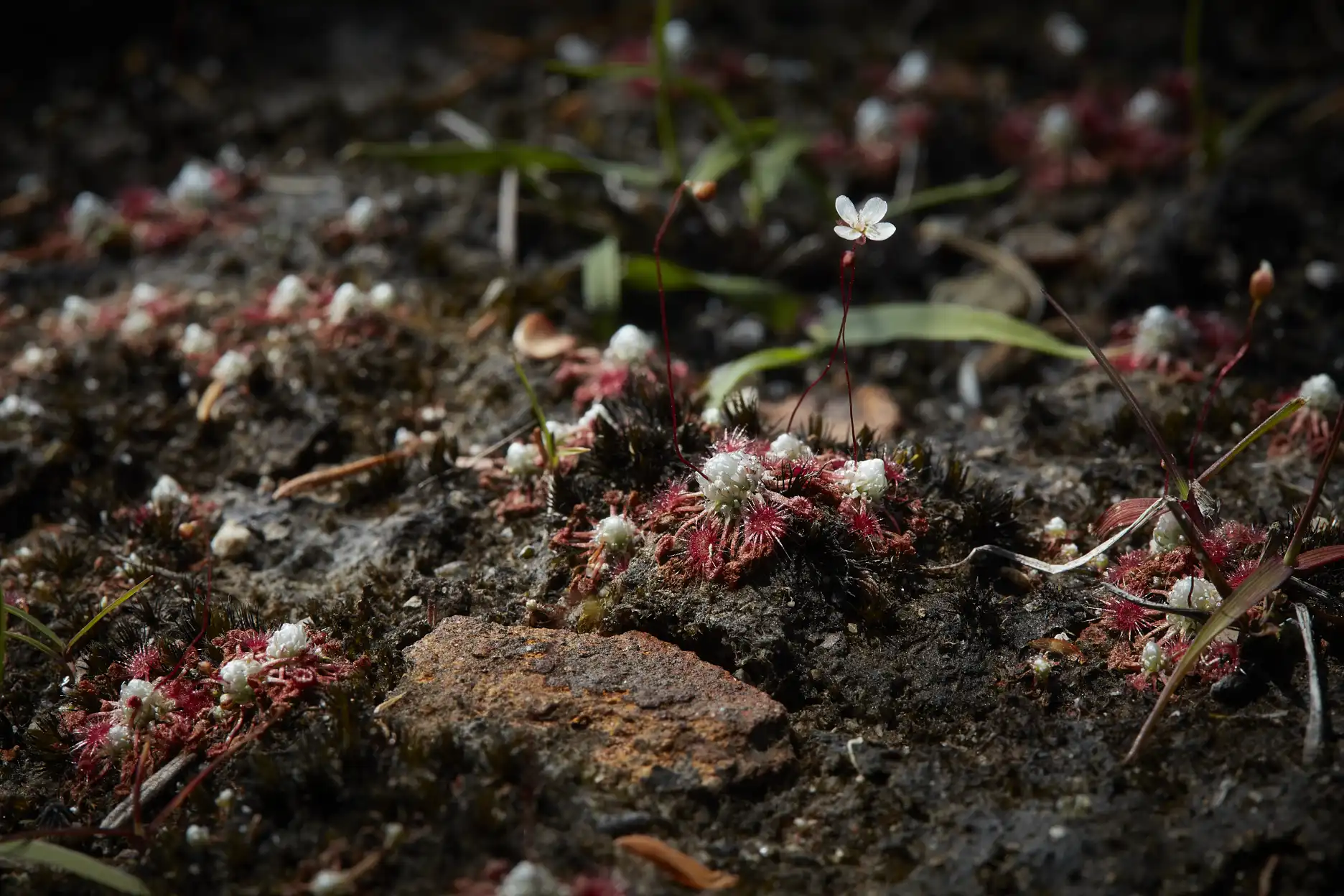
Drosera pygmea had more abundant representation on some of the areas lining the South Head Heritage Trail. It grew both in peaty areas…
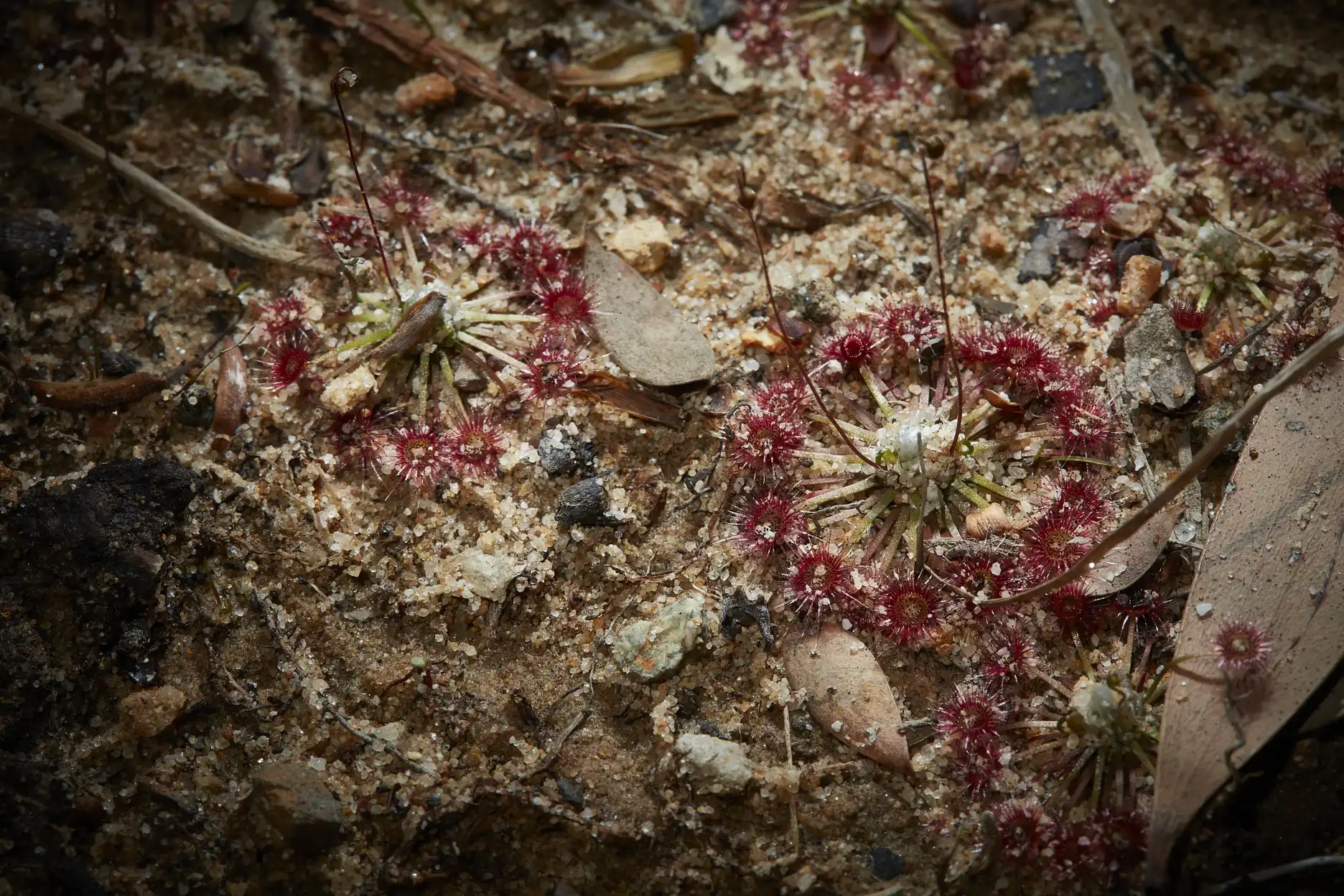
…and in sandy spots as well.
Thanks to Robert Gibson for wonderful information on the carnivorous plants here and in the Blue Mountains. There were many other plants to see around Sydney, throughout the state of New South Wales, and of course in Australia. My visit, unfortunately, was a very brief one.
